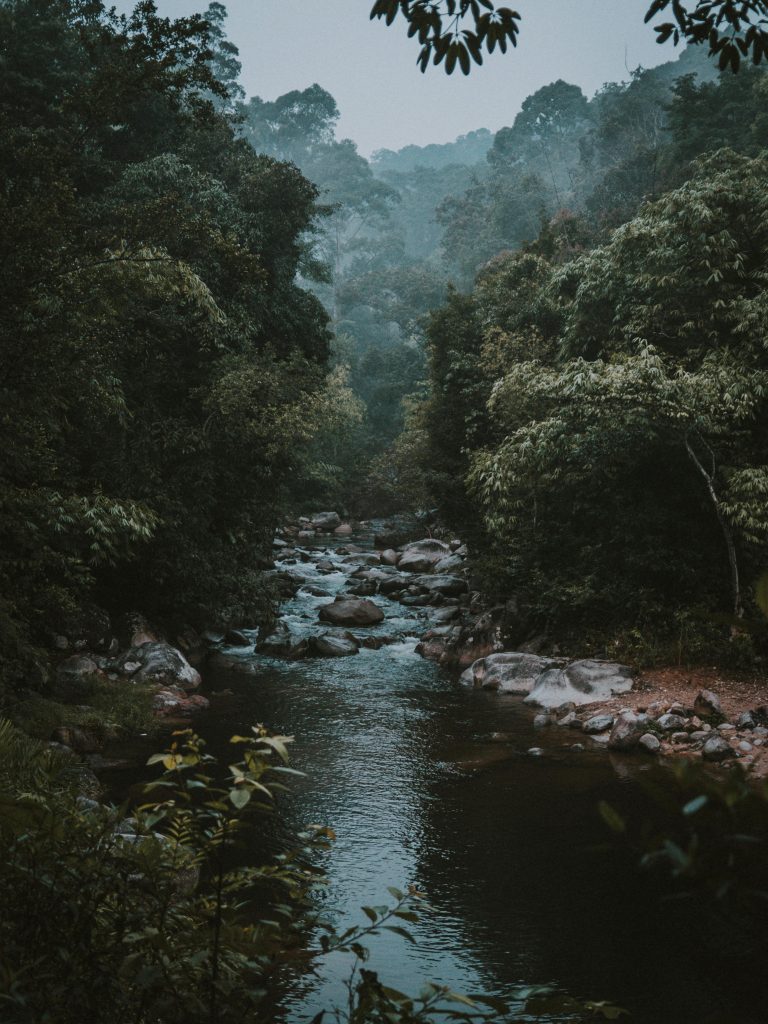Wilderness retreats offer individuals an opportunity to reconnect with nature, rejuvenate their spirits, and escape the hustle and bustle of urban life. Naturalistic landscape gardens, designed to mimic the beauty and tranquility of wilderness environments, provide the perfect setting for these retreats. In this guide, we will explore the principles and techniques for designing naturalistic landscape gardens that evoke the serenity and harmony of the wilderness.

- Embrace the Wild Aesthetic: The key to designing naturalistic landscape gardens is to embrace the wild aesthetic and mimic the untamed beauty of wilderness environments. Incorporate elements such as meandering pathways, irregularly shaped ponds, rocky outcrops, and native plantings to create a sense of naturalistic authenticity. Avoid rigid geometries and formal structures, opting instead for organic shapes and flowing lines that blend seamlessly with the surrounding landscape.
- Create Layered Plantings: Naturalistic landscape gardens rely on layered plantings to create depth, texture, and visual interest. Mimic the diverse plant communities found in wilderness environments by incorporating a variety of trees, shrubs, grasses, and perennials that thrive in your local climate and soil conditions. Arrange plants in loose, informal groupings, varying heights, colors, and textures to create a dynamic and harmonious composition that evolves over time.
- Use Native Plants: Native plants are the backbone of naturalistic landscape gardens, providing habitat for wildlife, supporting ecosystem health, and enhancing the sense of place. Select native plant species that are well-adapted to your region’s climate, soil, and ecological conditions, and arrange them in naturalistic drifts and clusters to mimic their wild counterparts. Native plants also require less water, fertilizer, and maintenance than non-native species, making them ideal choices for sustainable garden design.
- Incorporate Water Features: Water features such as ponds, streams, and waterfalls add an element of tranquility and movement to naturalistic landscape gardens, evoking the sights and sounds of wilderness environments. Design water features to blend seamlessly with the surrounding landscape, using natural materials such as stone, gravel, and driftwood to create organic shapes and textures. Integrate aquatic plants, such as water lilies, cattails, and rushes, to enhance biodiversity and provide habitat for aquatic wildlife.
- Integrate Hardscape Elements: Hardscape elements such as paths, patios, and seating areas provide structure and functionality to naturalistic landscape gardens, allowing visitors to explore and enjoy the space comfortably. Use natural materials such as stone, wood, and gravel to create hardscape features that complement the surrounding environment and enhance the overall aesthetic. Design paths to meander through the garden, offering opportunities for discovery and contemplation along the way.
- Provide Wildlife Habitat: Naturalistic landscape gardens serve as valuable habitat for wildlife, providing food, shelter, and nesting sites for birds, butterflies, and other native species. Incorporate features such as bird feeders, nesting boxes, and insect hotels to attract and support wildlife throughout the seasons. Design planting beds to include a diverse array of flowering plants, fruit-bearing shrubs, and native grasses that provide nectar, pollen, and seeds for pollinators and other wildlife.
- Foster Seasonal Interest: Naturalistic landscape gardens offer year-round beauty and interest, with seasonal changes that reflect the rhythms of nature. Select plants that provide seasonal interest throughout the year, including spring blooms, summer foliage, fall colors, and winter textures. Incorporate seasonal elements such as flowering bulbs, ornamental grasses, and evergreen shrubs to ensure that the garden remains visually appealing and dynamic in every season.
Designing naturalistic landscape gardens that evoke the serenity and harmony of wilderness environments requires careful attention to detail, a deep understanding of ecological principles, and a passion for nature. By embracing the wild aesthetic, creating layered plantings, using native plants, incorporating water features, integrating hardscape elements, providing wildlife habitat, and fostering seasonal interest, designers can create wilderness retreats that offer sanctuary, inspiration, and rejuvenation for all who visit.



